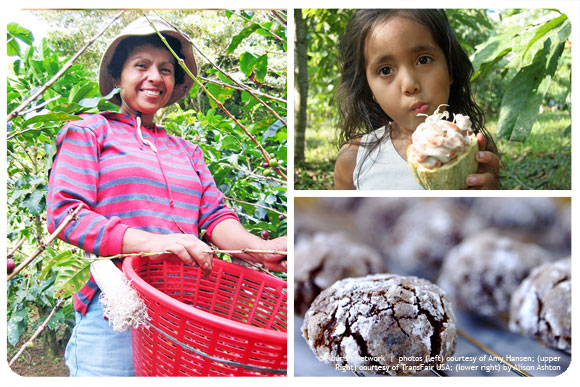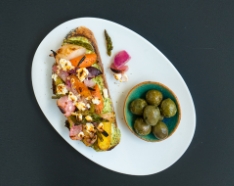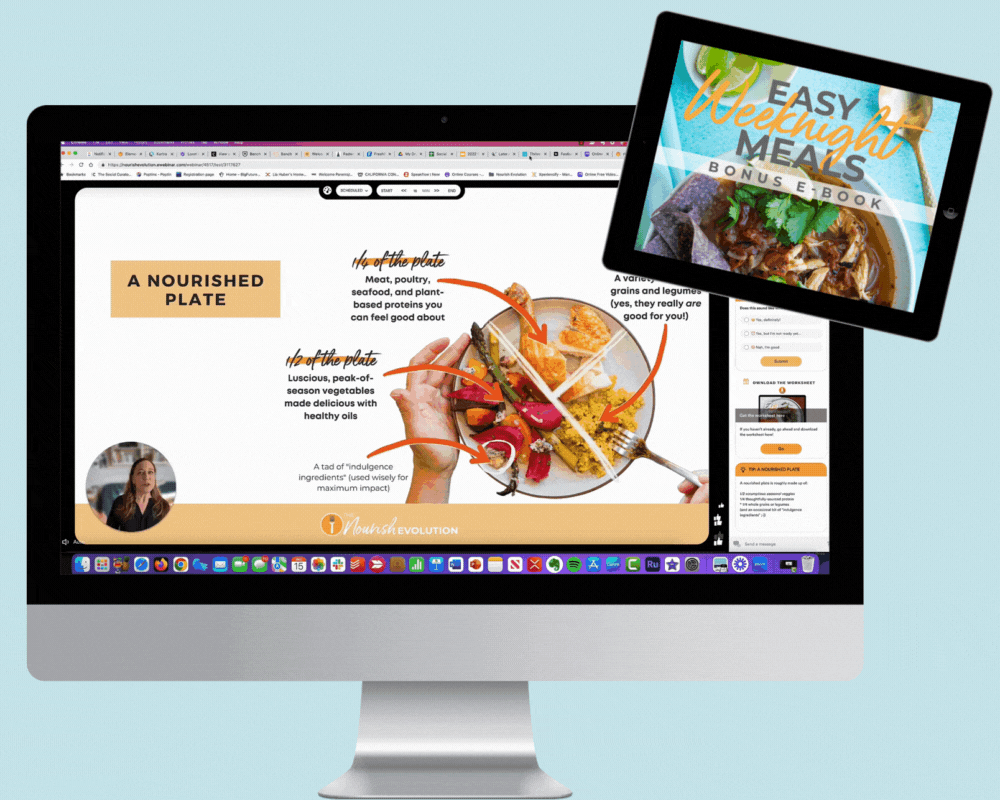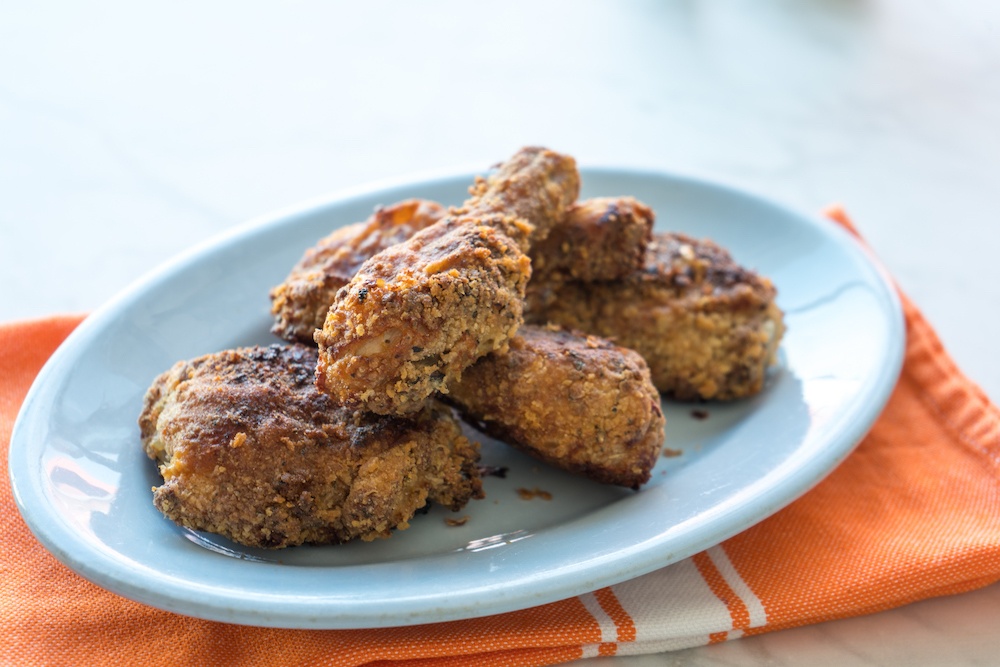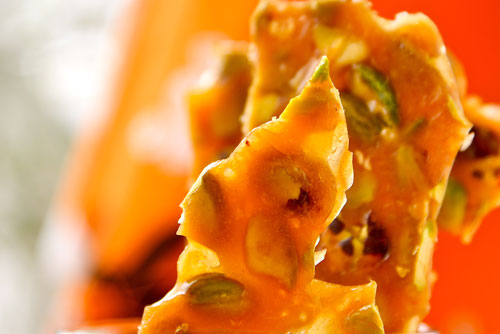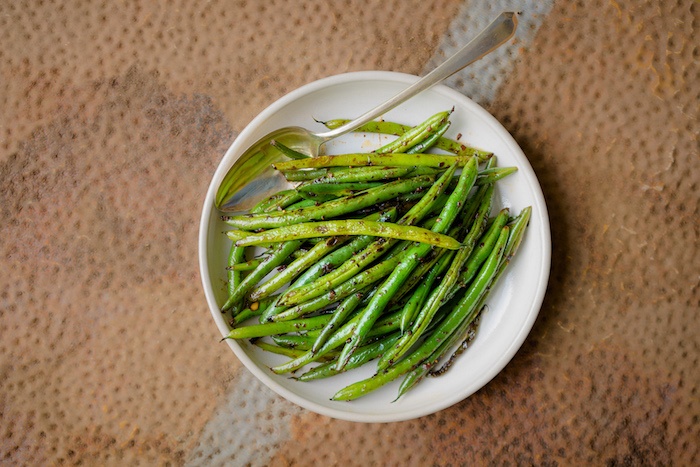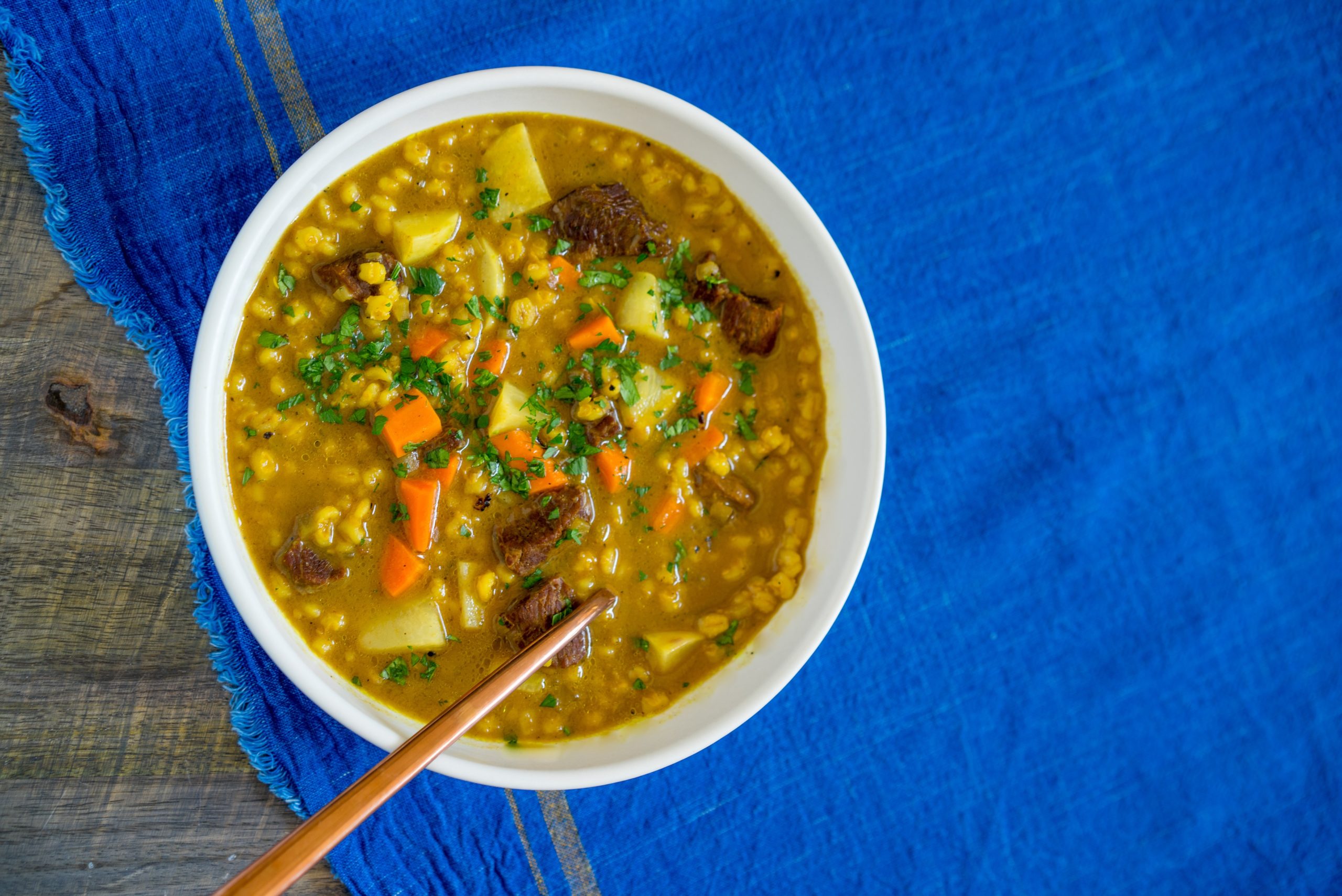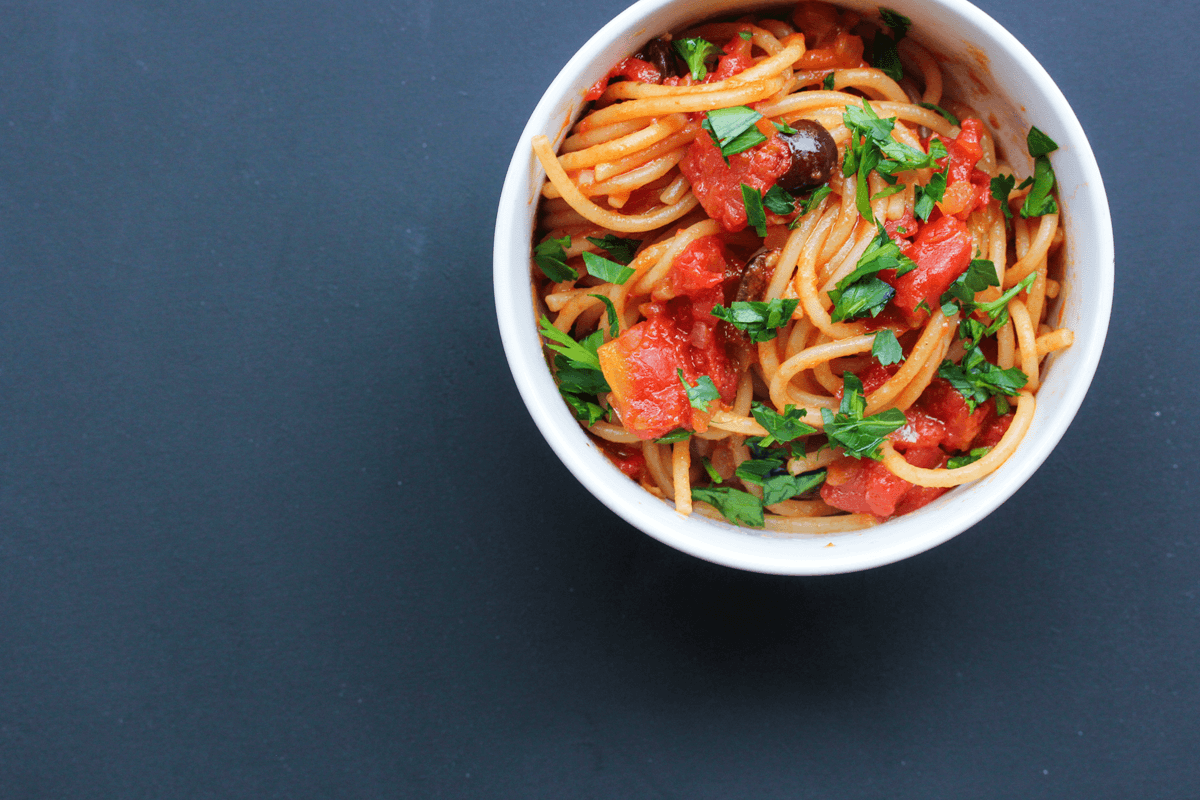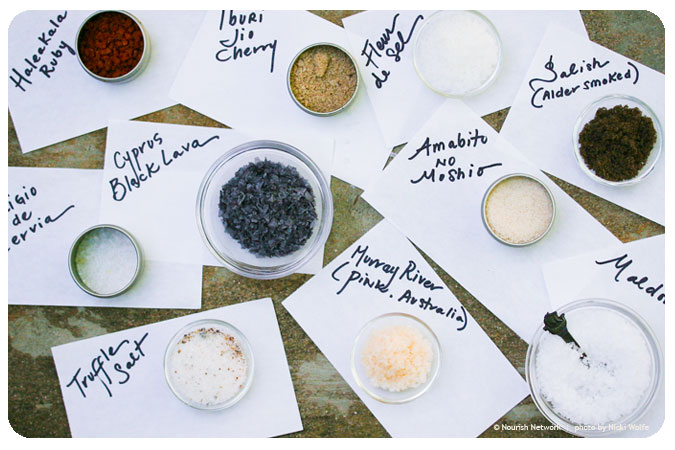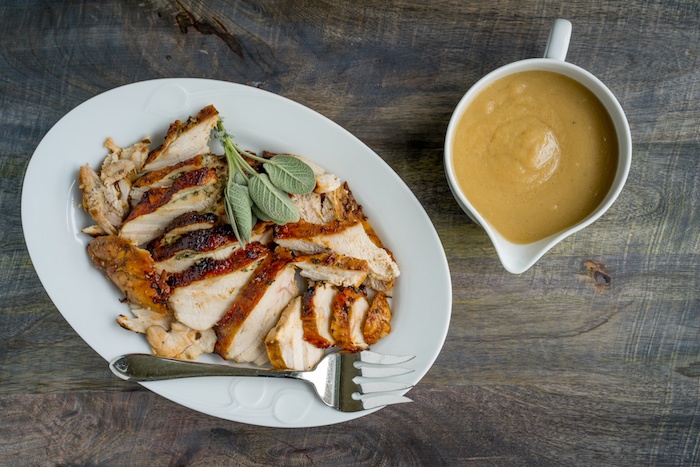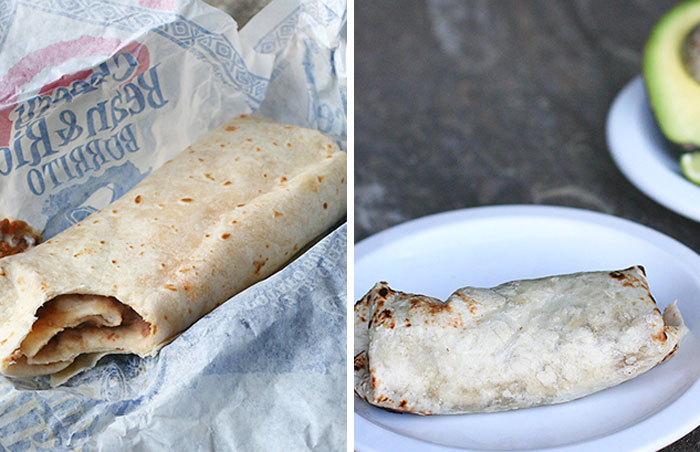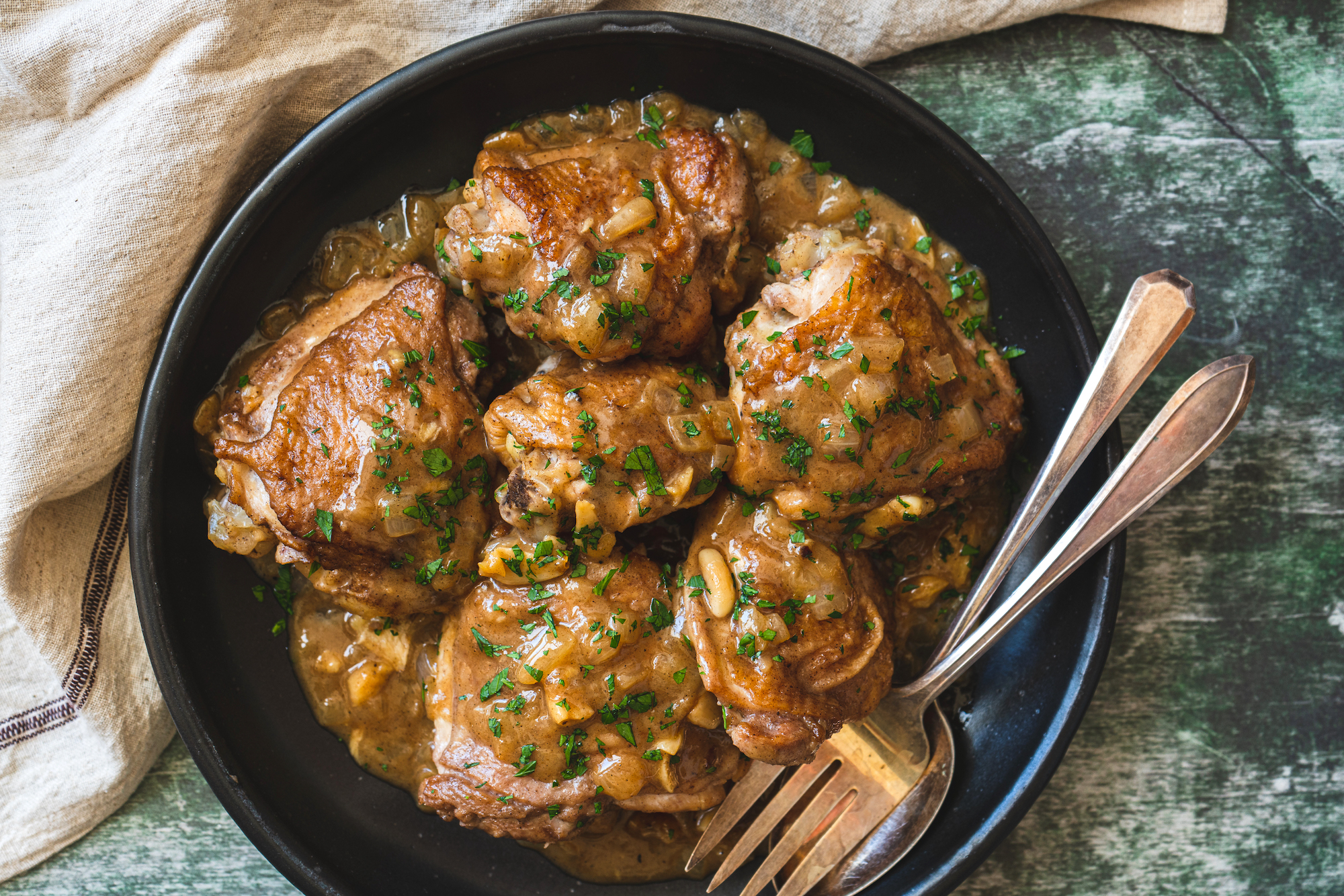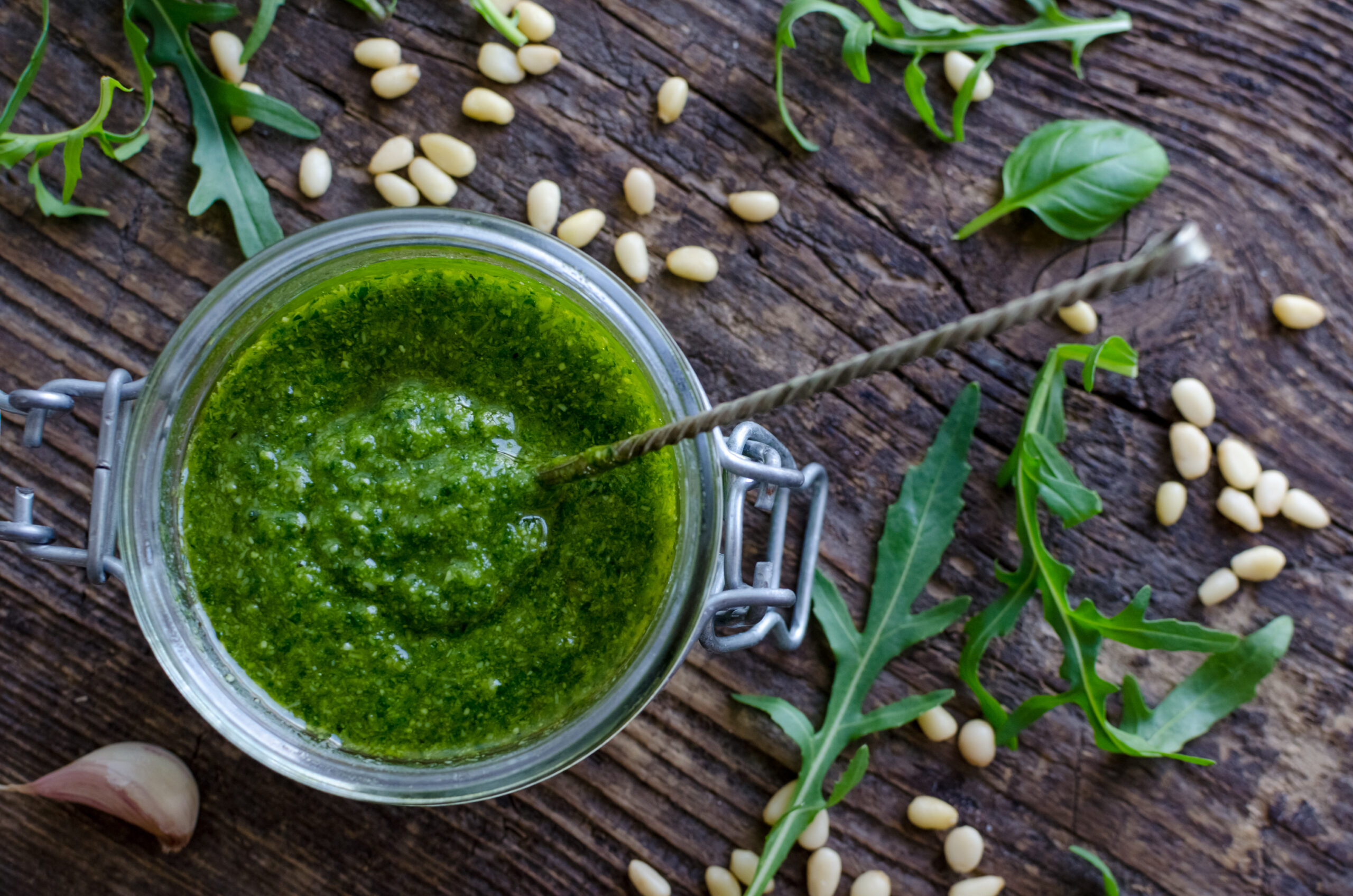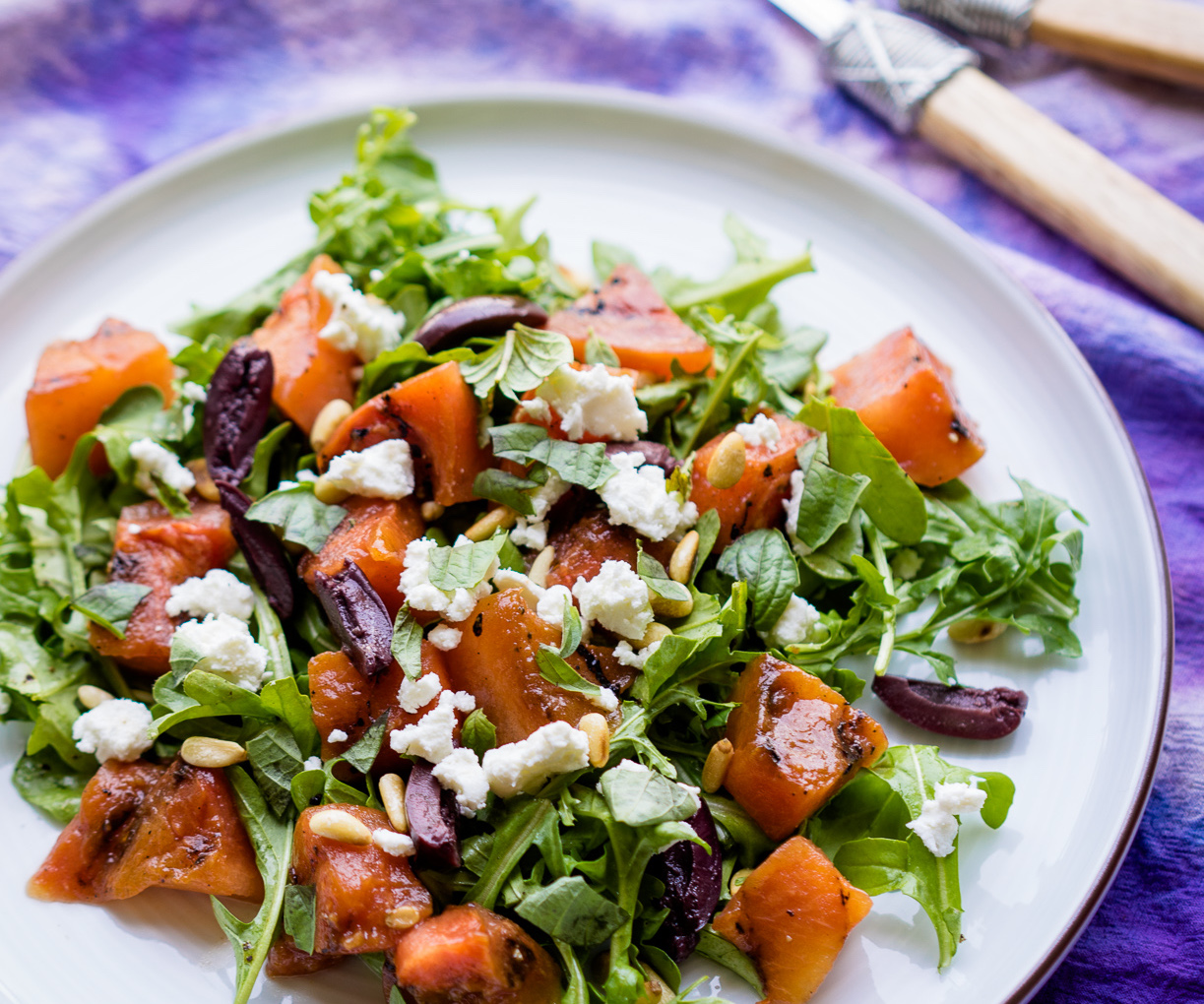I’ve been hearing the phrase, “You vote with your fork three times a day,” a lot lately. And it’s true. Whenever you choose organic fare, you’re casting a consumer vote for sustainable, organic agriculture over the petrochemical agroindustrial empire. When you buy grass-fed, certified-humane beef or pasture-raised local eggs, you’re supporting livestock that’s raised on a natural diet and under humane conditions.
That “vote” also applies to the people who produce our food, and that's where the idea of fair trade comes in. Fair Trade USA has designated October Fair Trade Month. Fair Trade USA is a nonprofit organization and the U.S. member of Fair Trade Labelling Organizations International (FLO), which offers third-party fair-trade certification for goods produced in developing nations. The idea is to support people through trade, not aid.
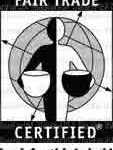 Fair Trade USA licenses its Fair Trade Certified (FTC) logo for use by American companies on products that have FTC ingredients. One example is Ben & Jerry’s, which uses FTC ingredients (vanilla, cocoa, sugar and coffee) in some of its flavors; they’ve committed to becoming entirely FTC by 2013.
Fair Trade USA licenses its Fair Trade Certified (FTC) logo for use by American companies on products that have FTC ingredients. One example is Ben & Jerry’s, which uses FTC ingredients (vanilla, cocoa, sugar and coffee) in some of its flavors; they’ve committed to becoming entirely FTC by 2013.
So what does that mean when I buy my canister of FTC, shade-grown, French roast coffee? I know:
- The farmers have received a fair price for their goods.
- They have safe working conditions.
- They trade directly with importers to avoid paying extra fees to middlemen
- Crops are cultivated sustainably. Although FLO doesn’t mandate organic practices, they encourage sustainable agriculture that’s chemical- and GMO-free. If farmers do go organic, they fetch premium prices for their certified-organic goods.
- Farmers and workers decide democratically how to invest their profits, which typically go to community and business development.
Along with cocoa, sugar and bananas, coffee is the most common fair-trade certified product. That’s a good thing, since coffee is the No. 2 import into the U.S., behind petrol (sorry, there’s no fair-grade gas). But there are many other fair-trade items to look for: quinoa from Bolivia, olive oil from Palestine, wine from South America, plus spices, tea, whole fruits and vegetables, rice and nuts.
These items turn up in a number of familiar FTC products, including gourmet chocolate, of course. You can find FTC coffee at Starbucks and Wal-Mart, or buy fair-trade spirits made with FTC quinoa, Goji berries and coffee.
You might pay a small premium for fair-trade food. For instance, a 12-ounce container of fair-trade coffee might cost 50 cents to $1 more than its conventional cousin. But I’ve also found gourmet fair-trade chocolate that costs less than its competitors.
While Fair Trade USA’s FTC logo is the most ubiquitous, there are other fair-trade labels out there. Whole Foods has its own Whole Trade program and label, for which they partner with Fair Trade USA, as well as the Swiss-based Fair for Life IMO Social Responsibility & Fair Trade and the Rainforest Alliance, which focuses on improving the lives of the world’s rain-forest residents through sustainable agriculture, tourism, forestry and other programs.
And other third-party-certified fair trade programs are being developed. One is the Certified Fair Labor Practices & Community Benefits program. It offers fee-based certification for small family farmers to large-scale producers and applies throughout the supply chain. Applicants will also have to be certified organic.
“It can be done anywhere in the world, including the U.S.,” says Neil Blomquist, of the consulting firm Sustainable Solutions. There certainly are North American agricultural workers who need fair-labor support as much as farm workers in developing nations.
Ultimately, Blomquist notes, all the organizations that support fair trade share the same goal: to make fair food widely available and affordable so it’s a smart everyday choice for all consumers.
